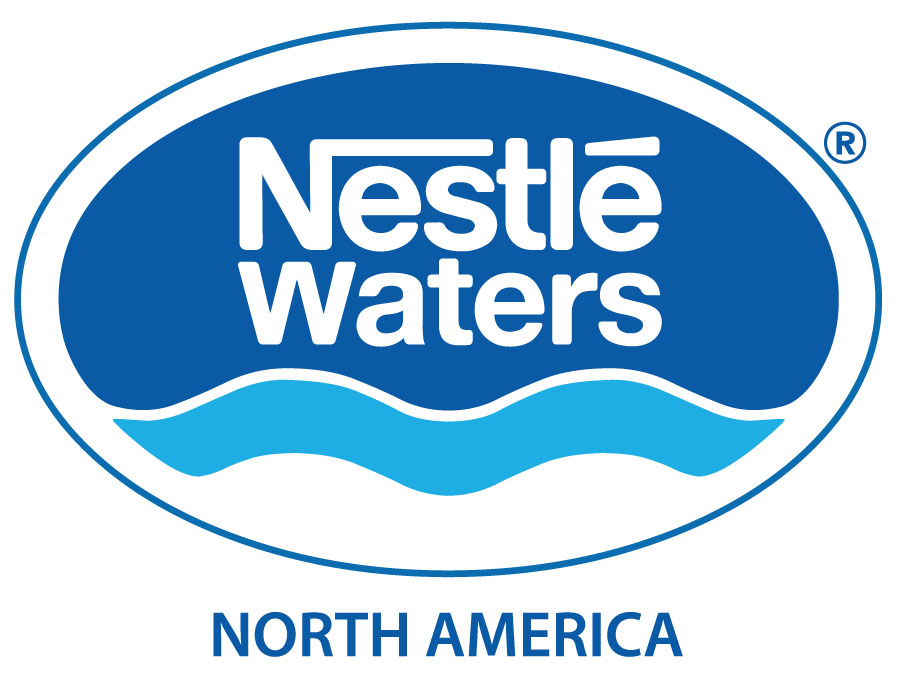U.S. Green Building Council Recognizes Bottling Facilities
Published 11-11-05
Submitted by Nestle Waters North America
The LEED certification is an important recognition of "green building" efforts by businesses that incorporate environmentally beneficial elements into construction projects.
Nestlé Waters North America Inc., the U.S leader in the bottled water industry, is among the first generation of business operations in the U.S. to earn the designation. Its plants are, in fact, the first food and beverage facilities in the U.S. to achieve LEED Certification.
"As environmentally conscious design gains momentum for commercial offices, municipal buildings, schools, retail centers and similar buildings, it is noteworthy to see this trend emerging in the industrial sector as well," said Christine Ervin, past president & CEO for the U.S. Green Building Council. "The Nestle Waters' plants are a great example of what businesses can accomplish by promoting superior environmental and economic performance from their own facilities."
Kim Jeffery, chief executive officer for Nestlé Waters North America, added, "We have great enthusiasm for being at the vanguard of this movement and are proud to be among the outstanding recipients of LEED certification. Looking toward the future, as Nestlé Waters builds several additional water bottling plants over the next five years, we are committed to constructing them in a manner that 'supports the environment, the employees who work in our facilities and the communities in which we operate."
Going Green
Nestlé Waters North America stakes the quality of its spring water beverage products on the natural resources of the environment. As Nestlé Waters began plans for its newest factories, it committed to building plants and operational practices that respect the environment today and in the future.
The Ice Mountain facility, which began operations in May 2002, was the company's first facility to be designed in accordance with LEED protocols. The plant, now employing more than 150 people, produces Ice Mountain Natural Spring Water for consumers in the Midwest.
Subsequently, LEED Certification was awarded to plants in California, Texas and Tennessee, each of which earned a Silver rating.
Nestlé Waters' in-house team of architects and engineers was charged with developing a plant designed for economic, environmental and social sustainability. "We approach these plants as an opportunity to build a project that reflects the company values," explained Nghia Tran, design manager for Nestlé "As a company whose business centers on good environmental stewardship, we want to create manufacturing facilities that are consistent with this commitment."
The primary green consultant on theses projects is the GreenTeam, Inc. of Tulsa, Oklahoma.
Key green features of the LEED Certified Nestlé Waters bottling facilities include:
LEEDing the Way to a Greener Tomorrow
Third-party LEED certification is granted to companies whose efforts to provide for long-term sustainability through green building performance meet established criteria. The LEED program emphasizes state of the art strategies for sustainable site development, water savings, energy efficiency, materials selection and indoor environmental quality. LEED recognizes achievements and promotes expertise in green building through a comprehensive system offering project certification, professional accreditation, training and practical resources. More than 800 projects, covering more than 90 million square feet, have registered their intent to apply for certification status.
The U.S. Green Building Council, a coalition of building industry leaders, educators and government agencies, created the LEED Green Building Rating System as a voluntary, market-driven protocol that evaluates environmental performance from a "whole building" perspective. Its purpose is to provide a definitive green standard for buildings. The Council awards different levels of certification based on the total credits earned.
U.S. Green Building Council................. www.usgbc.org.
Nestle Waters North America................ www.nestlewatersnorthamerica.com
TheGreenTeam,Inc..............................www.thegreenteaminc.com

Nestle Waters North America
Nestle Waters North America
The availability of healthful beverages is more important than ever, and Nestlé Waters North America (NWNA) provides people with an unrivaled portfolio of bottled waters. The company's bottled water brands in the U.S. include Arrowhead®, Poland Spring®, Deer Park®, Nestlé® Pure Life® and international brands Perrier® and S.Pellegrino®. In 2011, the company added a line of ready-to-drink teas which now includes Nestea®, Sweet Leaf® and Tradewinds®. These well-known brands have led Nestlé Waters North America to be third largest non-alcoholic beverage company by volume in the U.S. Based in Stamford, Connecticut with 7,500 employees, NWNA is reducing its environmental footprint across its business and working with others to improve U.S. recycling rates. The company is also committed to creating shared value and being a good neighbor in the 140 communities where it has operations. To learn more, visit www.nestle-watersna.com/en.
More from Nestle Waters North America

